National Air and Space Museum in Washington, D.C.
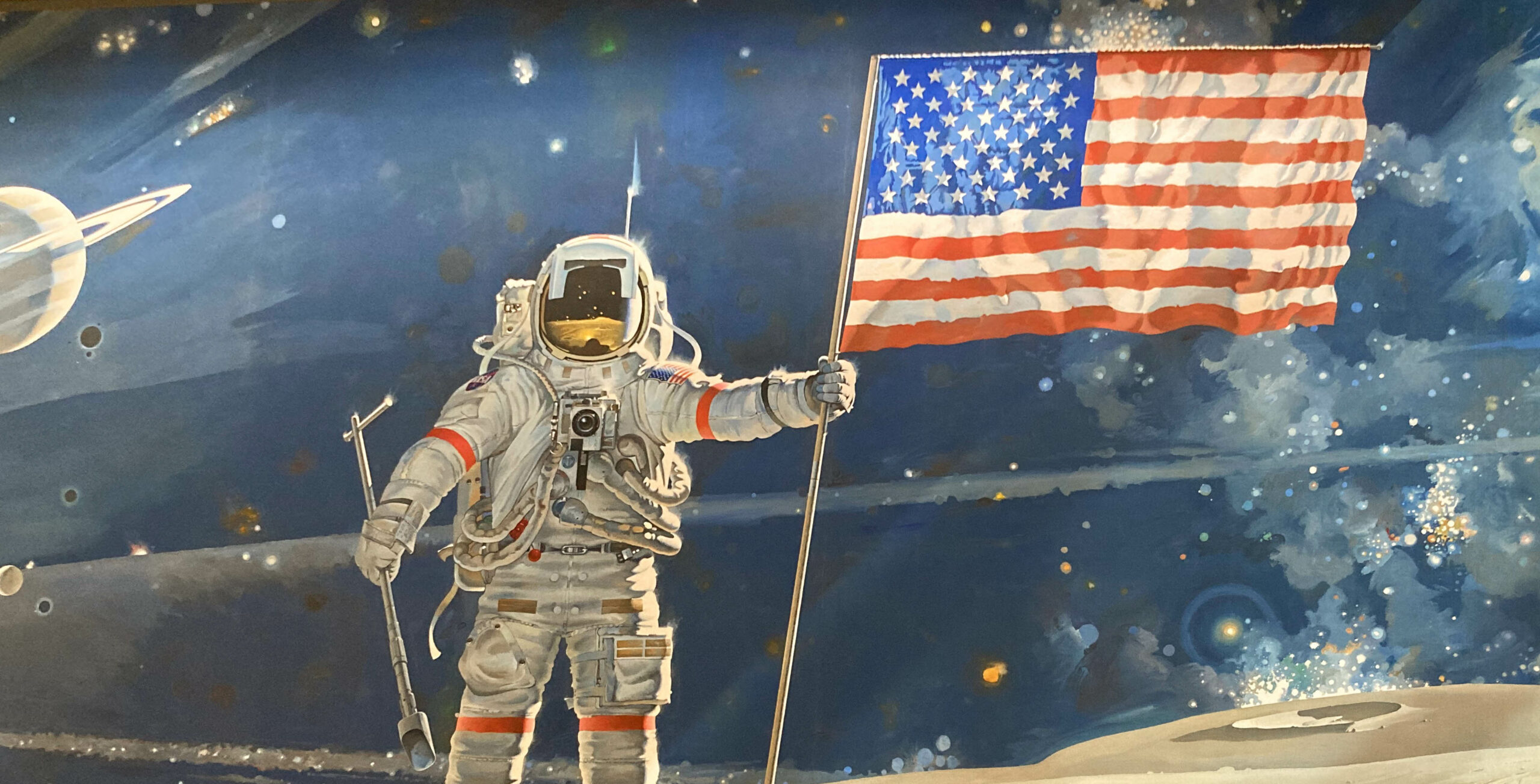
- The Smithsonian‘s National Air and Space Museum is located on the National Mall in Washington, D.C.
- The closest Metro stop is L’Enfant Plaza.
- The Museum has reopened with eight recently renovated galleries ready for visitors.
- The Museum is free of charge to explore, but timed-entry passes are required.
The small space houses a collection that has spanned the globe and flown to the Moon.
The Smithsonian’s National Air and Space Museum is one of the most popular attractions in Washington, D.C. More than 3 million people visited the Museum in 2019, the last calendar year before lockdown.
I’ve toured the Museum many times, with local friends or guests from out of town. Once I attended a state-society Inaugural Ball there, juggling my glass of wine and butter plate of hors d’oeuvres, as my gentleman friend and I walked amid the Museum’s extraordinary displays of authentic air- and spacecraft and related artifacts.
It’s a good Museum for both history and science buffs, a unique place to feel both the thrill of new discovery and a sense of connection to our shared past. The objects on display are part of our national story now, but they were once emblems of risky technology. The Museum preserves and celebrates not only America’s unique achievements in air and space exploration and conquest but also the culture that fosters them.
This post contains affiliate links. For more information, click here.
In 1946, President Harry S Truman signed the law that created a National Air Museum. Twenty years later, in 1966, President Lyndon B. Johnson signed the law changing its name to the National Air and Space Museum, reflecting America’s burgeoning dominance in galactic exploration.
After another decade, in 1976, the Museum opened at its present location on the National Mall. Its modern architectural design complements without competing with the U.S. Capitol and other classical buildings. It is roughly the same size as the National Gallery of Art, across the Mall, and built with the same pink Tennessee marble.
The Museum is currently undergoing a multi-year renovation project. While it is open to the public, about half the building remains closed, as another 15 exhibitions are still being completed.
As of this writing, eight galleries are completed and ready for visitors. I went a few weeks ago, and there’s much to explore:
The Wright Brothers & the Invention of the Aerial Age celebrates the inspiring story of the determined men who invented the modern airplane. It houses one of the most extraordinary items in the Museum, the Wright Flyer, in which Orville made the first sustained (12 seconds) manned airplane flight, while his brother Wilbur watched, on December 17, 1903, at Kill Devil Hills, North Carolina.
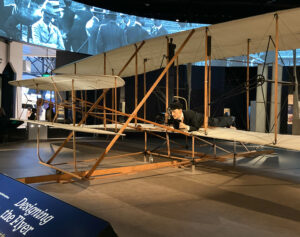
Early Flight explores how the airplane revolutionized life and travel in barely more than a decade from the Wright Brothers’ historic first flight in 1903 to the outbreak of World War I in 1914. Artifacts include the 1909 Wright Military Flyer, the world’s first military airplane.
Thomas W. Haas We All Fly explores the impact of aviation on society. Artifacts include a Lear Jet.
America by Air recalls some of the significant moments in the history of commercial aviation. It features multiple planes from old airlines hanging from above. (Years ago, my friend Tim Grove worked on an earlier incarnation of the exhibit and took our group on a tour for another friend’s birthday.)
Nation of Speed explores the American pursuit of moving faster and faster. Artifacts include Nemesis, the most successful craft in air-racing history.
Kenneth C. Griffin Exploring the Planets teaches the science and history of solar-system study. Its eclectic range of artifacts includes a set of latex ear tips worn by Leonard Nimoy, who played Mr. Spock in Star Trek.
Destination Moon explores how America won the space race and became the first and only nation to land men on the Moon. Its wealth of iconic objects includes: Alan Shepard‘s Mercury spacesuit and spacecraft, a Saturn V F-1 engine, Neil Armstrong’s Apollo 11 spacesuit, and the command module Columbia.
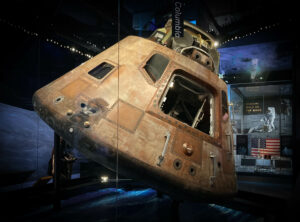
One World Connected explores the contribution of air and space achievements to global interconnectedness. Its artifacts include several pieces of satellite hardware.
There is also a planetarium showing short space-related documentaries.
What to Know before You Go
to the Smithsonian’s
National Air and Space Museum
The main building of the Smithsonian’s National Air and Space Museum is located on the National Mall at 6th Street and Independence Avenue SW in Washington, D.C., near the U.S. Capitol building. The visitors’ entrance is on Independence Avenue. (There’s also an annex in Chantilly, Virginia. Together, the flagship building in Washington and the annex in Virginia house the largest collection of historic air- and spacecraft in the world.)
The closest Metro stop is L’Enfant Plaza on the Yellow, Blue, Orange, Silver, and Green lines. Parking on the National Mall is limited, and I don’t recommend this option. I usually ride-share; Uber and Lyft are both quick and efficient in the Washington area.
As a Smithsonian venue, the Museum is free of charge to explore, but you must reserve a timed-entry pass. You must also go through an airport-style security screening to enter. There is a ticket charge to see some movies in the Planetarium. As of this writing, the IMAX theatre remains closed.
The Museum has several shops selling space kitsch.
There is a small café with a limited selection of lunch items. About a 10-minute walk away is Fiola, a Michelin one-star restaurant serving contemporary Italian cuisine.
Wear loose layers and comfortable shoes. Allow two to three hours.
The Museum can be very crowded, especially during spring and summer. The line to enter can be quite long, and very uncomfortable in July and August, when heat and humidity in the mid-Atlantic soar. School breaks and field trips bring in scores of spirited young explorers. Fortunately, if the crowds and their cacophony become unbearable, there are plenty of other sites to see within walking distance, including:
- the National Gallery of Art
- the Museum of the Bible
- the National Archives Museum
- the National Museum of Natural History
- the U.S. Botanic Garden
- the International Spy Museum
Excellent hotels within walking distance of the Museum include:
Planning travel to the mid-Atlantic? You might like:

After my misspent youth as a wage worker, I’m having so much more fun as a blogger, helping other discerning travellers plan fun and fascinating journeys. Read more …
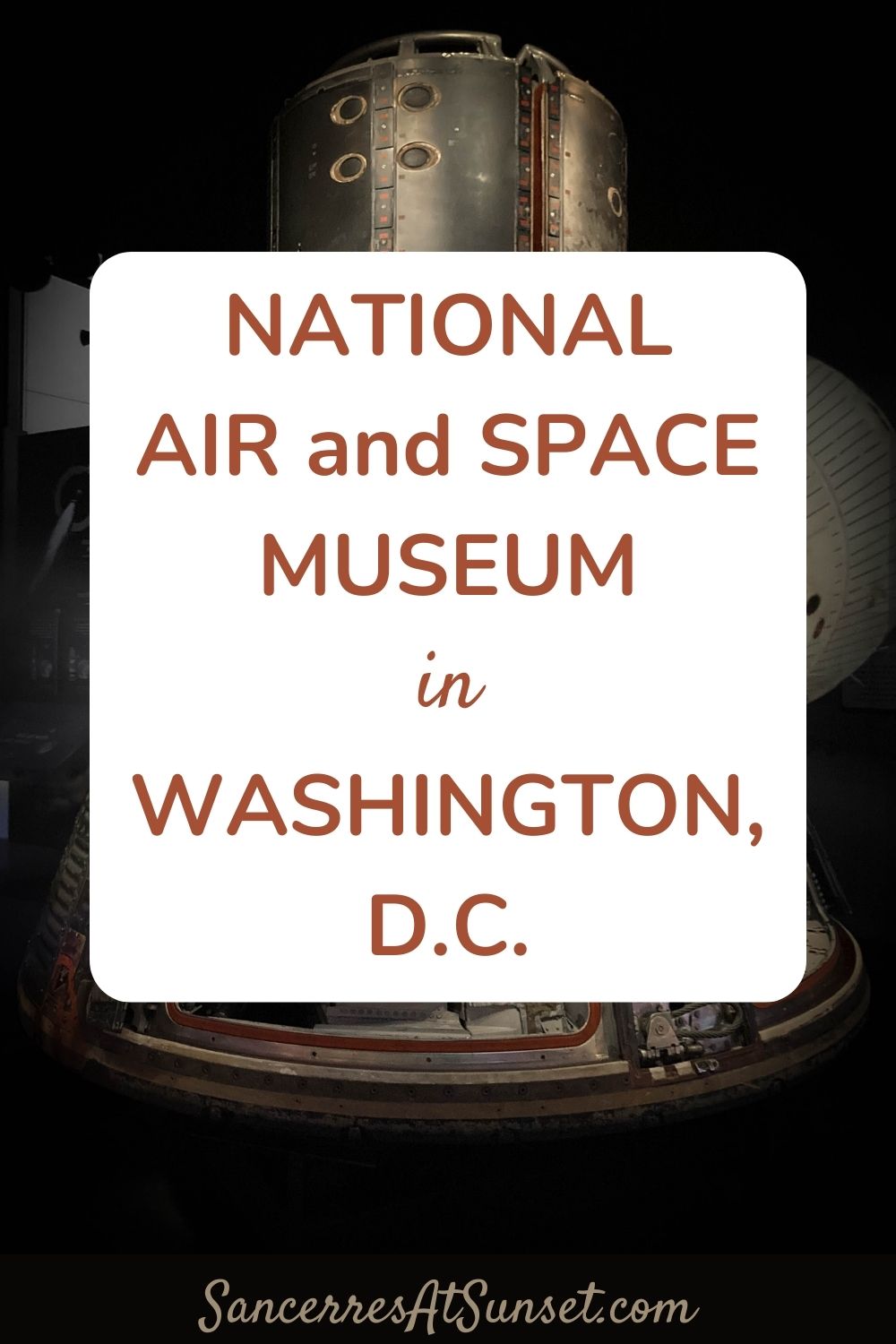

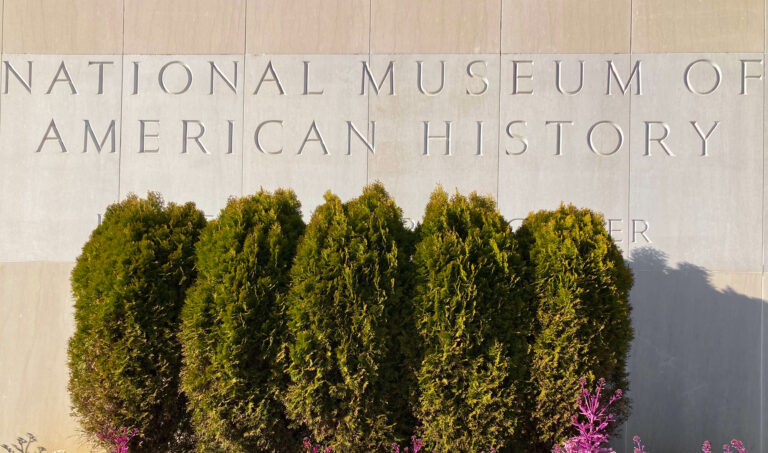
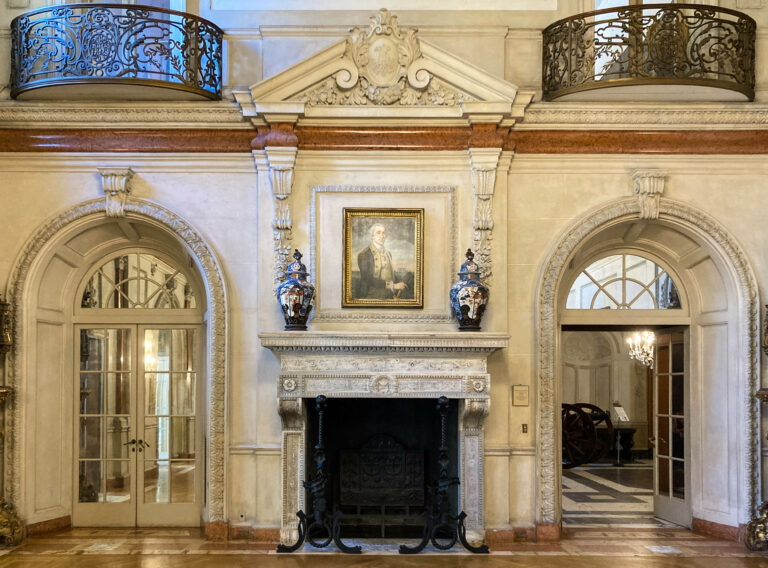
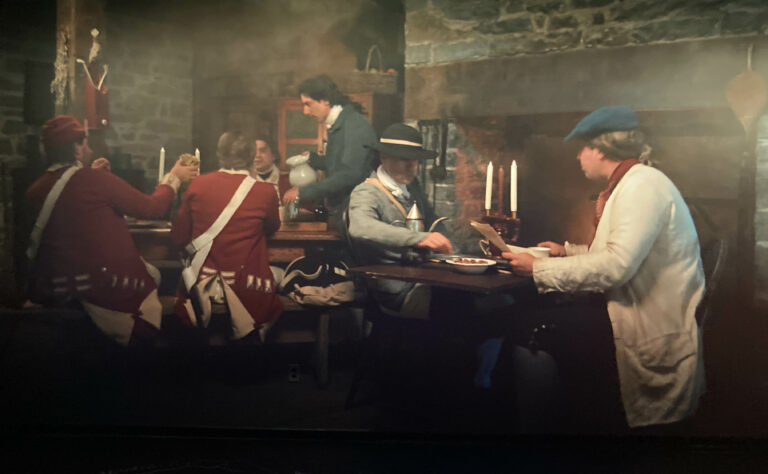

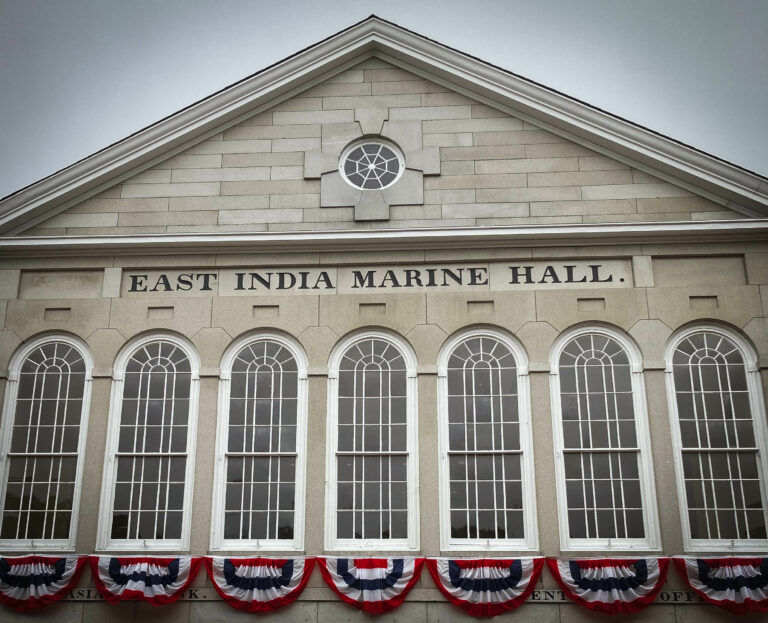
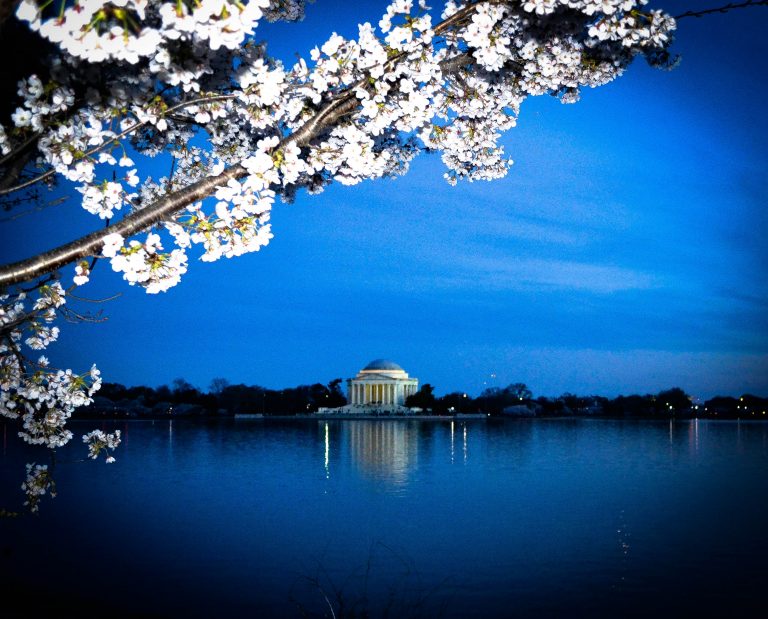
Thanks for the information. It’ll come in handy for my next visit.